



Synthetic Aperture Radar (SAR) uses microwave pulses to generate high-resolution images, unaffected by darkness or clouds. A small antenna on a moving platform simulates a larger one, enabling precise mapping for applications like terrain mapping, surveillance, and environmental monitoring, with consistent performance in all weather conditions.

Copyright infringement not intended
Picture Courtesy: THE HINDU
Synthetic Aperture Radar (SAR) uses microwave pulses to capture high-resolution Earth images.
It is a powerful and advanced form of radar technology used for creating high-resolution, two-dimensional images or three-dimensional reconstructions of objects, such as landscapes.
It is a type of active remote sensing, generates its own energy to illuminate the target, making it independent of external factors like sunlight.
Unlike a traditional camera that captures reflected sunlight (optical imaging), a SAR system operates by transmitting microwave pulses towards the Earth's surface and then recording the signals, or "echoes," that bounce back.
It provides its own source of energy (microwaves), therefore, SAR can operate effectively both during the day and at night.
A key advantage of SAR is that microwaves have longer wavelengths than visible light. This allows them to penetrate through clouds, fog, smoke, and light rain, enabling all-weather imaging capabilities—a limitation for optical satellites
|
In radar systems, a larger antenna (or "aperture") provides better image resolution. However, launching a massive antenna into space is not feasible. SAR overcomes this by using a smaller, physical antenna on a moving platform, such as a satellite or an aircraft. The result produces images with a much finer detail and higher resolution than the small physical antenna could achieve on its own. |
All-Weather, Day-and-Night Capability: Can gather data regardless of weather conditions or time of day.
Unique Surface Information: Different materials (like water, vegetation, soil, and man-made structures) reflect microwaves differently. SAR can therefore provide unique information about surface texture, roughness, structure, and moisture content, which is invisible to optical sensors.
Change Detection: By comparing SAR images of the same area taken at different times, scientists can detect very subtle changes, such as ground subsidence after an earthquake, the retreat of glaciers, or the extent of deforestation.
Disaster Management: Monitoring floods (as water surfaces appear dark in SAR images), assessing damage from earthquakes by detecting ground deformation, and tracking oil spills on the ocean.
Agriculture and Forestry: Monitoring soil moisture levels for irrigation planning, classifying crop types, and mapping large-scale deforestation.
Defence and Surveillance: Tracking ship movements at sea (as ships stand out against the water), monitoring borders, and detecting changes in military installations.
Environmental and Climate Science: Mapping ice sheets and glaciers to study the impacts of climate change, monitoring land subsidence due to groundwater extraction, and mapping wetlands.
Source:
|
PRACTICE QUESTION Q. Which of the following is the primary mechanism by which Synthetic Aperture Radar (SAR) systems generate images? A) They detect the heat signatures emitted by objects on the Earth's surface. B) They capture visible light reflections in both day and night conditions. C) They send out microwave pulses and process the echoes that bounce back from various surfaces. D) They analyze the absorption of ultraviolet radiation by atmospheric components. Answer: C Explanation: SAR systems work by emitting microwave pulses towards the Earth's surface and then receiving the reflected signals, which are then processed to create an image. |
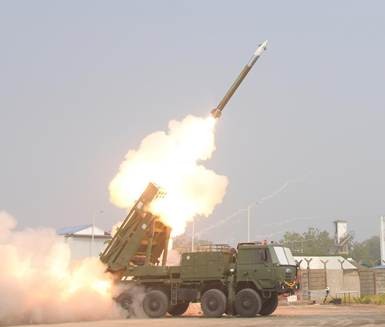
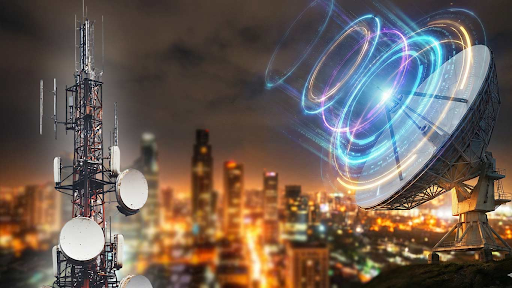
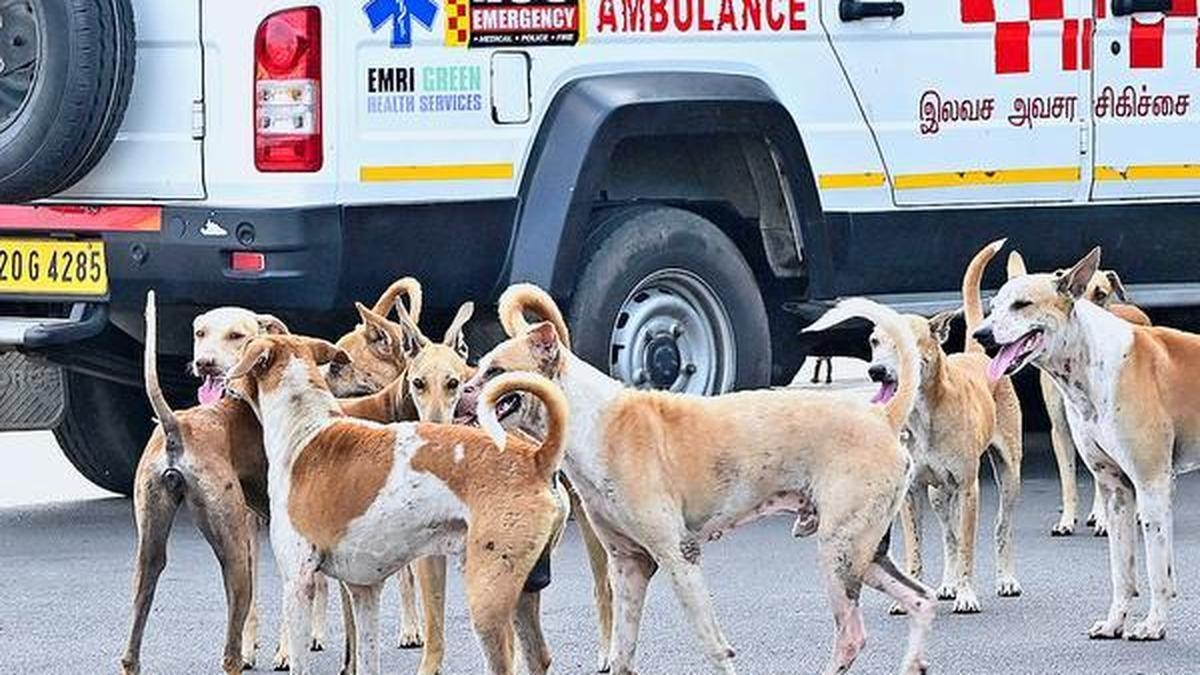
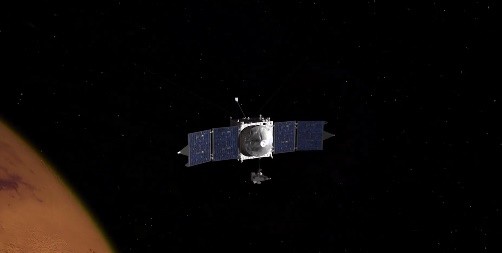
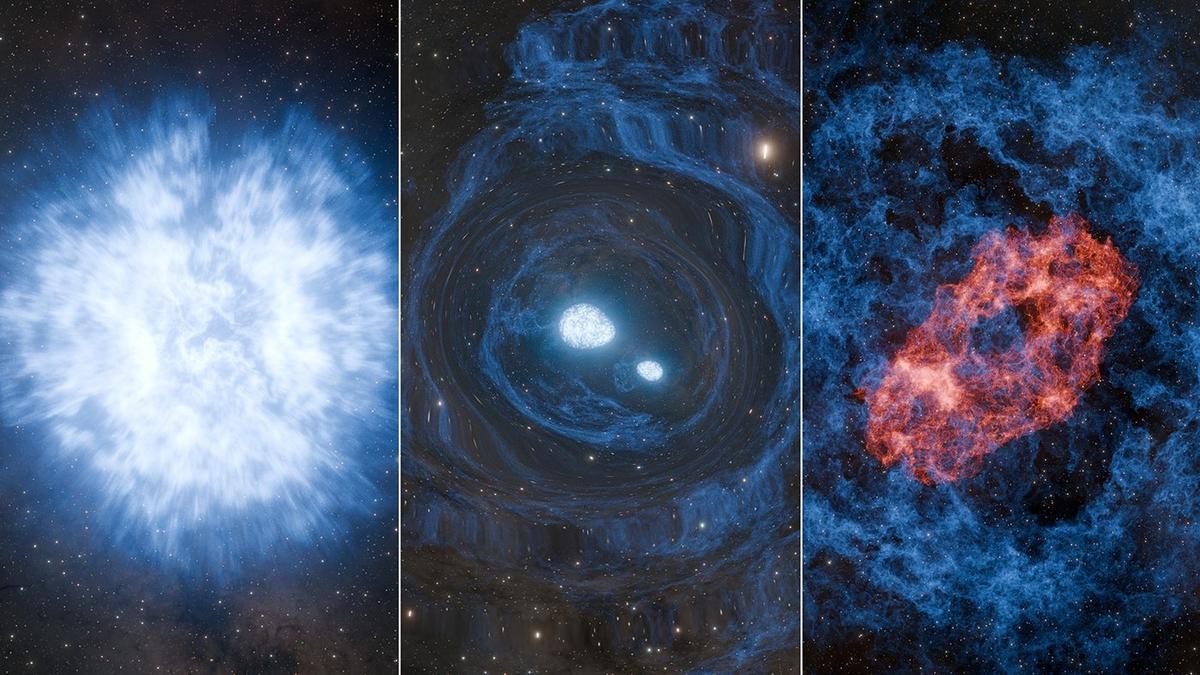

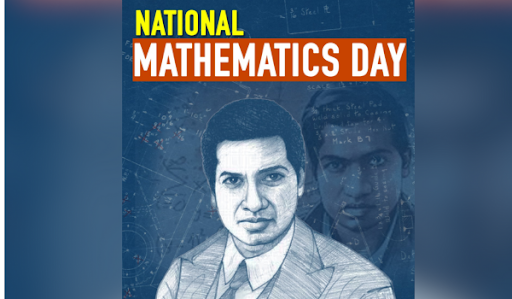


© 2026 iasgyan. All right reserved